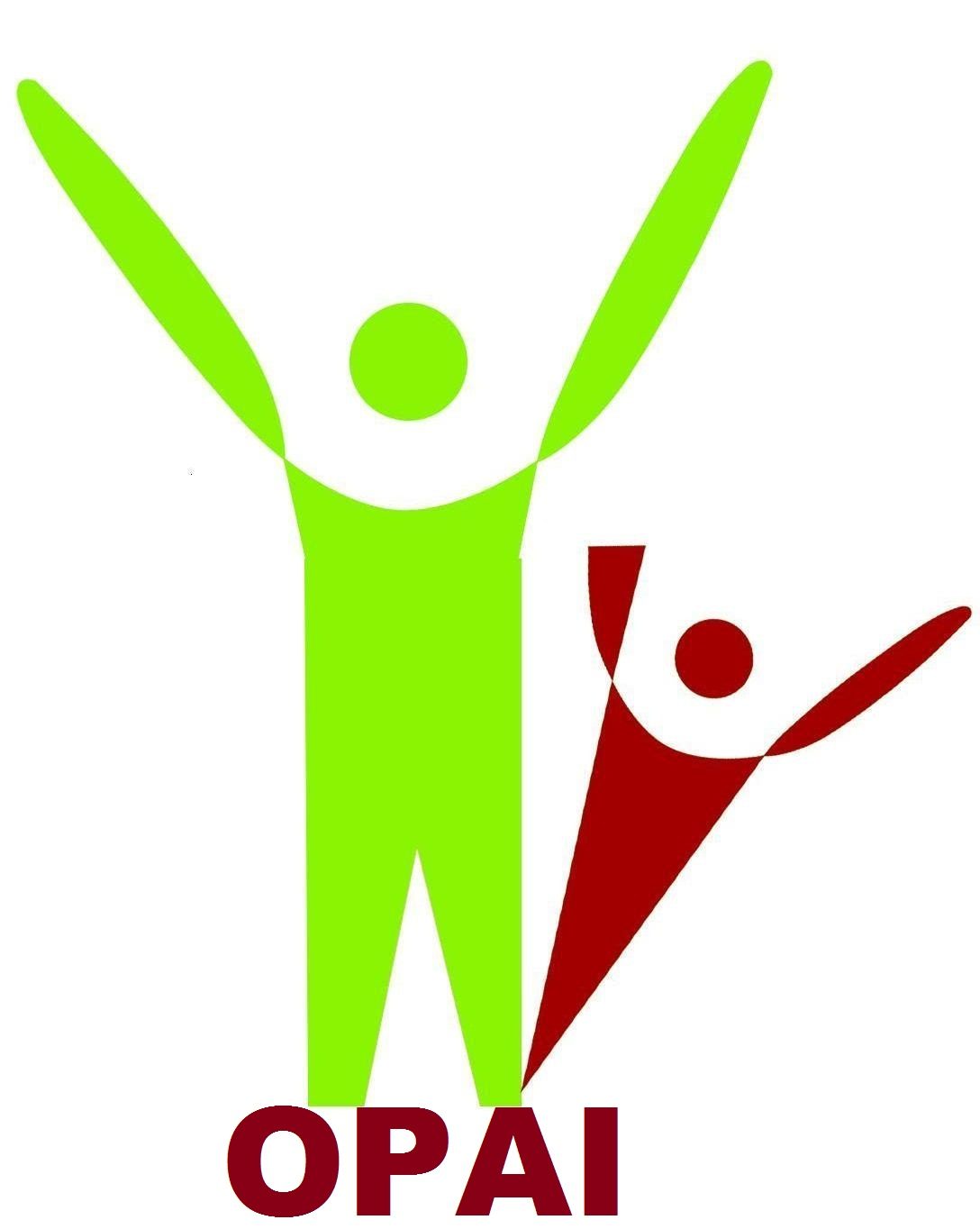What is Prosthetics and Orthotics?
Orthotics: Science and art of treating people by the use of orthoses
Orthosis: Externally applied treatment modalities used to modify the structural and functional characteristics of the neuromuscular and skeletal systems.
Orthotist: A person who has completed an approved course of education and training and is authorized by an appropriate national authority to assess, prescribe, design, measure and fit orthoses.
Prosthetics: Science and art of treating people by the use of prostheses.
Prosthesis: Externally applied treatment modalities used to replace wholly or partly an absent or deficient limb segment.
Prosthetist: Person who has completed an approved course of education and training and is authorized by an appropriate national authority to assess, prescribe, design, measure and fit prostheses.
Prosthetics and Orthotics Professionals are academically well-trained and registered under Rehabilitation Council of India. play a crucial role in rehabilitation. Their expertise in clinical assessment, prescription, design, fabrication, and fitting of prostheses, orthoses, and mobility aids is invaluable. Prosthetic and Orthotic Professionals also provide appropriate user training for biomechanical adaptation for functional mobility and comfort.
Prostheses and orthoses used to assist people with physical impairments or functional limitations, to improve their functioning and increase their potential to live healthy, productive, independent, dignified lives.
Prostheses and orthoses have various purposes, including to improve the mobility, dexterity or functioning of the user; alleviate pain; restore cosmesis; protect joints; prevent and correct deformities; and prevent secondary impairments. Most prostheses and orthoses are required for long-term use and others for limited periods. Prosthetic and orthotic treatment modalities are also mobility assisted treatment modalities, which include wheelchairs and walking aids such as crutches and walking frames. Mobility assisted treatment modalities, in turn, are broadly classified as assistive products, which also include products for improving vision, hearing, communication, cognition and environment. In health care regulations, prosthetic and orthotic products are most appropriately defined as health care modalities
Access to prostheses, orthoses, and other assistive assisted treatment modalities can mediate social inclusion, improve the quality of life for persons with disabilities including geriatric population and enable them to live healthy, productive, independent, and dignified lives. Prosthetists and Orthotists at primary health care facilities can ensure this.
Prosthetics and Orthotics Professionals are integral to the rehabilitation process, especially in domains like musculoskeletal, neurological, cardiopulmonary, malignant neoplasms, gynecology, and pediatrics.
Musculoskeletal Domain:
Prosthetics and Orthotics Professionals contribute significantly to the management of musculoskeletal conditions, including assessment, designing and fitting orthotic devices, prostheses, and assistive technologies. Their expertise ensures optimal mobility, stability, and function for individuals with limb loss, deformities, or musculoskeletal impairments.
Neurological Domain:
In neurological rehabilitation, Prosthetics and Orthotics Professionals play a vital role in gait training, balance improvement, and functional independence. They collaborate with other rehabilitation specialists to enhance the quality of life for stroke survivors, spinal cord injury patients, and those with neuromuscular disorders. Their knowledge ensures appropriate device selection and customization for conditions such as stroke, spinal cord injuries, and cerebral palsy.
Cardiopulmonary Domain:
Prosthetics and Orthotics Professionals contribute to cardiac rehabilitation by addressing mobility limitations due to amputations or orthopedic conditions by providing supportive devices (e.g., orthoses for scoliosis, postural support) and optimizing mobility during recovery. They assist in optimizing cardiovascular fitness and overall well-being.
Malignant Neoplasms (Cancer) Domain:
Cancer survivors often face physical challenges related to amputations, limb function, and mobility. Prosthetics and Orthotics Professionals provide personalized solutions to enhance their quality of life with Prosthesis for cosmetic restoration also.
Gynecology Domain:
In cases of gynecological conditions affecting mobility (e.g., pelvic organ prolapse), Prosthetics and Orthotics Professionals can offer support through orthotic devices. They contribute to post-surgical rehabilitation and functional recovery.
Pediatrics Domain:
Children with CTEV, CDH, congenital limb differences or acquired disabilities benefit from early intervention by Prosthetics and Orthotics Professionals. Customized orthotic and prosthetic devices enhance their growth and development.
